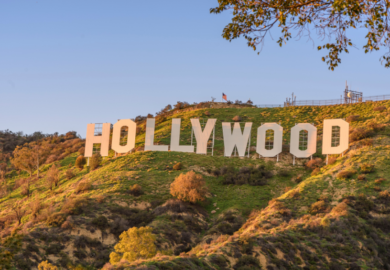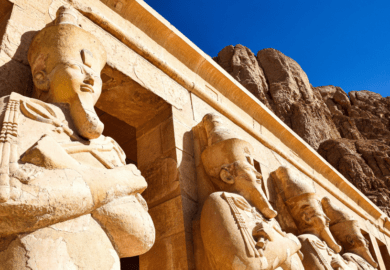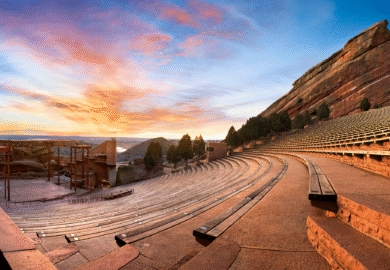Table of Contents
Why Visit Peru?
Are you longing for an amazing trip to Peru? Look no further because this 7-day itinerary is the perfect way to explore and experience the unique attractions of this vibrant South American country. From magnificent Inca ruins, exotic rainforests, and captivating colonial cities, immerse yourself in the magical culture that awaits you on your journey through Peru.
Get ready to be awed by breathtaking mountain views, unforgettable cultural experiences, delicious Peruvian cuisine, extraordinary wildlife, and fascinating archaeological sites; each providing a glimpse into its glorious history! Make sure you don’t miss out on any of these highlights as you bask in all that makes this destination absolutely unmissable.
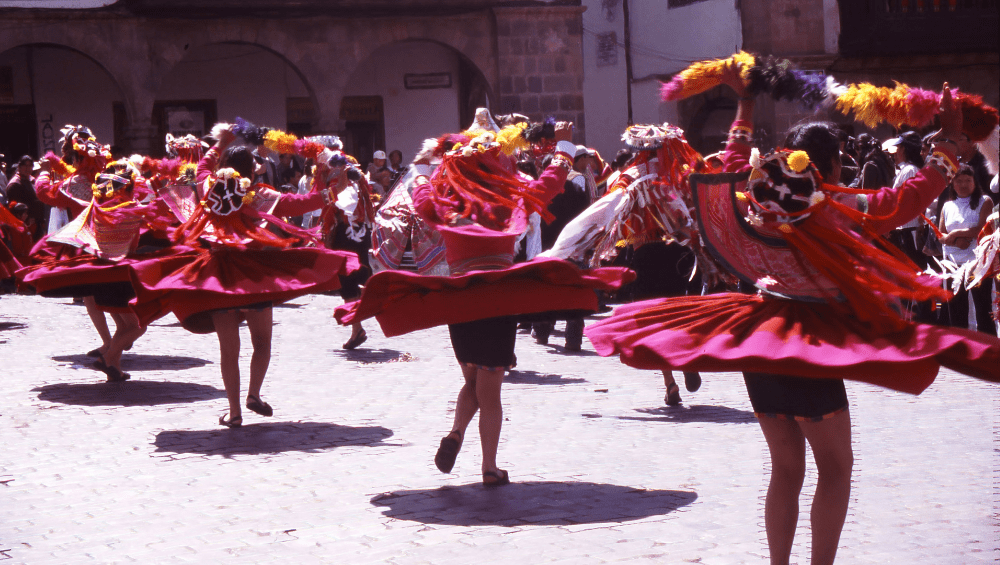
History
Peru is a country steeped in rich history, from the ancient civilizations of the Incas and the Nazca to Spanish colonialism and beyond. The country boasts a diversity of cultures, languages, and traditions that have been shaped by centuries of conquest and imperialism. Some of the most famous historical sites in Peru include the legendary Machu Picchu, the mysterious Nazca Lines, and the Grand Plaza de Armas in Lima. One of the most interesting aspects of Peru’s history is how it continues to shape the country today, with indigenous traditions merging with modernity in fascinating ways. For anyone interested in history, Peru is a must-visit destination that promises to deliver a truly unforgettable experience.
Language
Peru is a country that boasts a rich and fascinating history, and its varied languages provide a glimpse into that past. The pre-Columbian era featured dozens of distinct languages, each with its own unique characteristics and influences. The Inca Empire, which spanned from the 13th to the 16th century, introduced Quechua as a widespread language throughout the region.
After the Spanish conquest in the 16th century, Spanish became the dominant language and remains so today. Despite this shift, indigenous languages like Quechua, Aymara, and others still persist, serving as a reminder of the diverse linguistic heritage that Peru holds. Understanding the history of language in Peru is critical to appreciating and protecting its cultural heritage.
People & Culture
Peru is a country rich in history, culture, and language. The language of the people of Peru can be traced back to the Quechua language, which was spoken by the Inca Empire. The Inca Empire was the largest empire in pre-Columbian America, and its language was widely spoken and used as a means of communication across the Andes Mountains. With the arrival of the Spanish conquistadors, the Spanish language was introduced and ultimately became the dominant language of Peru.
Many Peruvians still speak Quechua and other indigenous languages, reflecting the country’s diverse and fascinating cultural heritage. Understanding the history and language of the people of Peru can provide a deeper insight into this vibrant and unique South American country.
Food & Drinks
Peruvian cuisine is a melting pot of flavors and techniques, blending indigenous ingredients and cooking methods with Spanish, African, and Asian influences. But beyond its culinary diversity, Peruvian food and drinks also have a fascinating linguistic history. The Quechua and Aymara cultures, for example, had their own names and meanings for ingredients like potatoes, corn, and quinoa long before the Spanish arrived in the 16th century.
The Spanish, in turn, brought with them new fruits, spices, and cooking methods, and their language spread across the continent as a lingua franca. Later on, the African slaves and Chinese immigrants who arrived in Peru added their own words and expressions to the mix, creating a rich linguistic tapestry that reflects the country’s complex history and cultural heritage. Understanding the language of Peruvian food and drinks, therefore, means unraveling the threads of this fascinating story.
7-Day Itinerary of Peru
Peru is a country packed with history, culture, and breathtaking landscapes that offer a world of experiences for travelers to enjoy. A well-planned itinerary can make all the difference, especially if you only have a limited time to explore.
With so many must-see destinations, it can be daunting to know where to start. Luckily, a 7-day itinerary of Peru can take you on a journey of a lifetime. From the magnificent Andes Mountains to the lush Amazon rainforest, experiences like visiting the ancient Incan ruins of Machu Picchu or sampling delicious Peruvian gastronomy await you.
Day 1-2: Lima
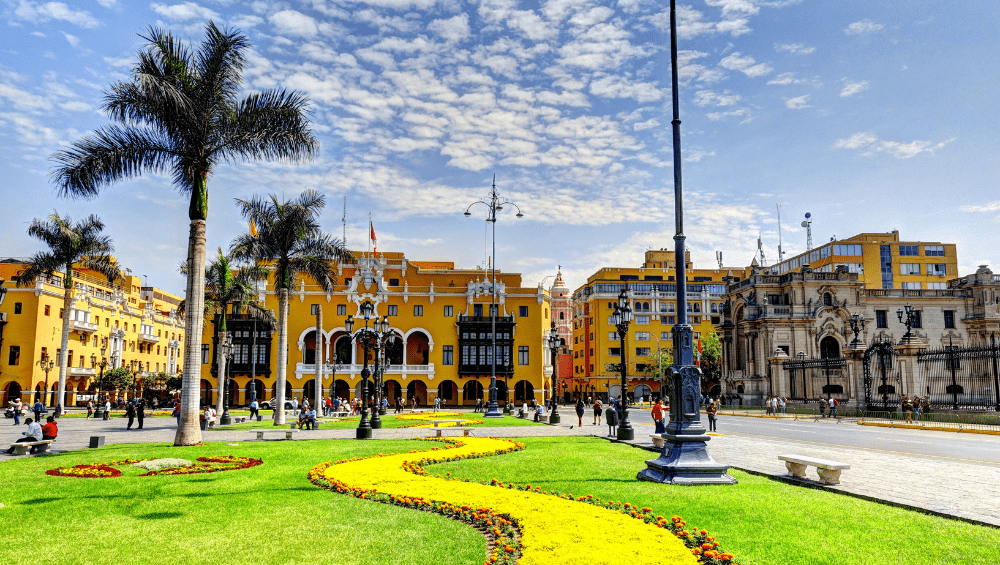
Start your journey in the capital city of Lima, which is often referred to as the “gastronomic capital of South America.” Lima is home to some of the best restaurants and street food stalls, where you can try the famous ceviche or lomo saltado, among other Peruvian dishes. Take a stroll in the historical center of Lima to explore colonial architecture and visit the famous San Francisco Monastery and its catacombs. Additionally, the Larco Museum in the upscale district of Miraflores is home to a vast collection of pre-Columbian art and artifacts.
Day 3-4: Cusco & the Sacred Valley
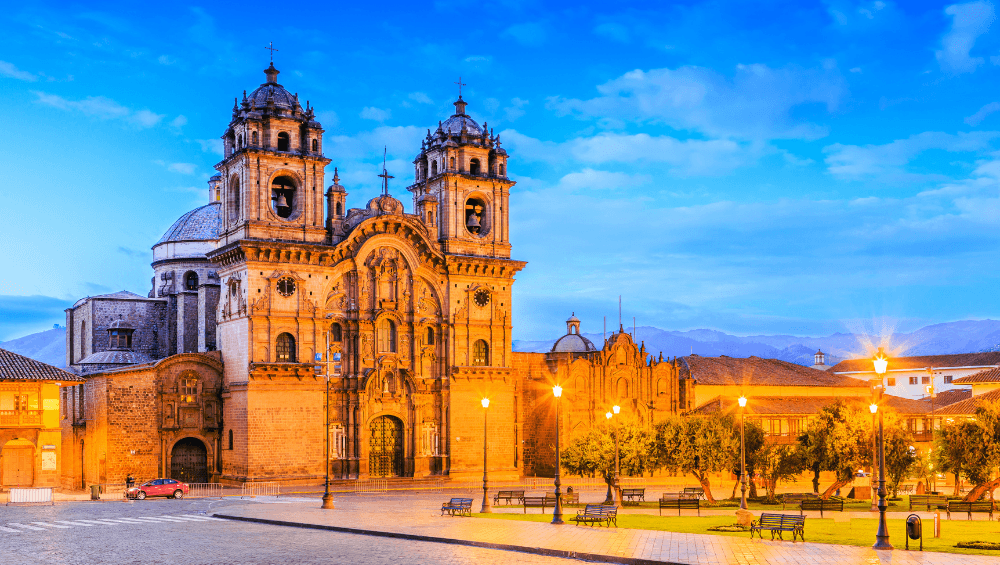
From Lima, take a short flight to the city of Cusco, which was once the capital of the Inca Empire. Cusco is located at an altitude of 3,400 meters above sea level, so it’s essential to take some time to acclimate to the altitude. Take a leisurely stroll around the city to see the stunning colonial architecture, visit the local markets, and try some street food. A must-visit site in Cusco is the Qorikancha temple, which was once the most important Inca temple in the city.
Next, head to the Sacred Valley, located just a few hours away from Cusco. The Sacred Valley is home to some of the most significant Inca ruins, including the Pisac ruins, the Ollantaytambo fortress, and the Moray terraces. The valley is also an excellent place to try some adventure activities like zip-lining, horseback riding, and rafting.
Day 5-7: Machu Picchu
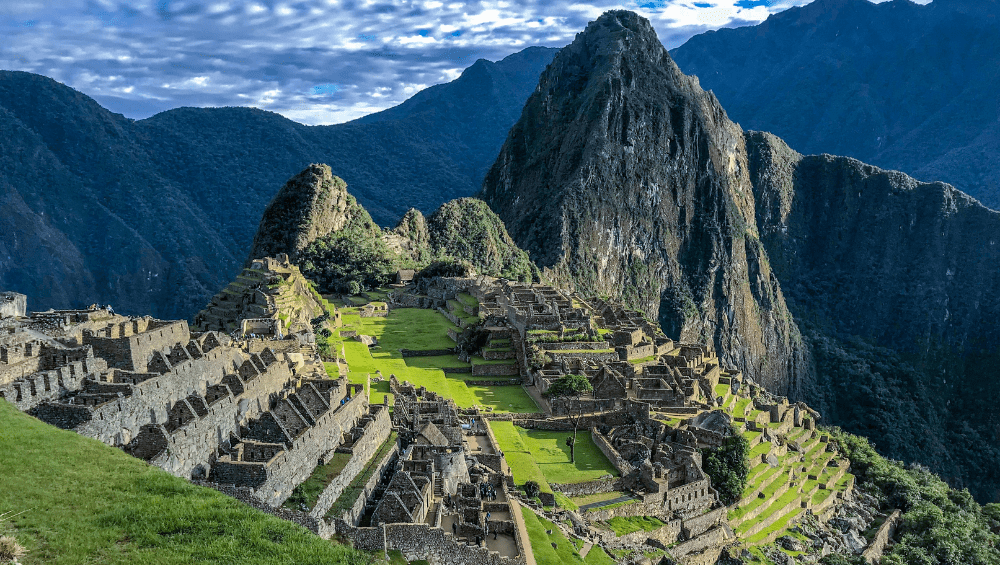
No trip to Peru is complete without a visit to the ancient ruins of Machu Picchu. Take the scenic train ride from Cusco to Aguas Calientes, a town located at the base of Machu Picchu. Spend a full day exploring the ruins and marveling at the engineering genius of the Inca civilization. You can choose to hike the Inca Trail, the Salkantay Trek, or take the bus to the entrance of the site.
Day 8-10: Lake Titicaca
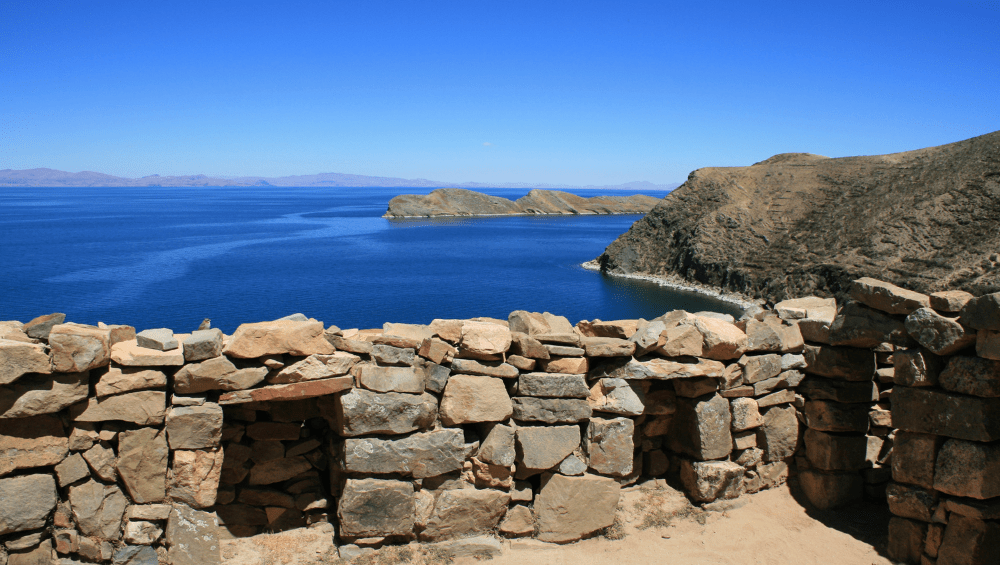
The final leg of your trip should take you to Lake Titicaca, the highest navigable lake in the world. From Cusco, take a bus or a train to the city of Puno, located on the shores of the lake. You can spend a day exploring the city and its markets before heading out to the floating islands of Uros. These islands are made entirely of reeds and are home to the Uros people, who have lived on the lake for centuries. You can also visit Taquile Island, known for its textile tradition and stunning views of the lake.
Best Day Trips from Lima
1. Pachacamac
Pachacamac is an ancient Inca site that is located just outside of Lima. The site includes a large temple complex that was once used for religious ceremonies. Today, the site is a popular tourist destination and is home to a museum that contains artifacts from the Inca civilization.
2. Huaca Pucllana
Huaca Pucllana is an ancient adobe brick pyramid that is located in the Miraflores district of Lima. The pyramid was built by the Huari culture between the years 700 and 1400 AD. Today, the site is open to the public and offers stunning views of Lima.
3. Parque de la Reserva
Parque de la Reserva is a large park that is located in the center of Lima. The park features a number of sculptures and fountains, as well as a lake where visitors can go boating. The park is also home to a number of restaurants and cafes.
4. Museo Larco
Museo Larco is a museum that is located in the Pueblo Libre district of Lima. The museum houses a collection of pre-Columbian artifacts, as well as a number of pieces from the colonial era. The museum also has a garden that contains a number of Inca ruins.
5. San Francisco Monastery
The San Francisco Monastery is a 17th-century Spanish colonial church that is located in the center of Lima. The monastery features beautiful baroque architecture, and its library contains more than 25,000 books.
Best Day Trips from Cusco
1. The Sacred Valley
The Sacred Valley is a beautiful valley located just outside of Cusco. The valley is home to many Inca ruins, including the famous site of Machu Picchu. The Sacred Valley is also home to many traditional villages, where you can see how the locals live and learn about their culture.
2. Lake Titicaca
Lake Titicaca is the largest lake in South America and is located just a few hours from Cusco. The lake is home to many indigenous communities, who live on floating islands made from reeds. You can also take a boat tour of the lake to see the amazing scenery and wildlife.
3. Colca Canyon
Colca Canyon is one of the deepest canyons in the world and is located just a few hours from Cusco. The canyon is home to many amazing animals, including the Andean condor. You can also go hiking or camping in the canyon to get away from the city and experience nature at its finest.
4. Pisac
The town is famous for its impressive Incan ruins, which tower above the valley floor and offer a glimpse into the civilization’s engineering prowess. But Pisac isn’t just a place to explore the past – it’s also a hub of contemporary Andean culture, with artisan markets selling handmade textiles, ceramics, and other crafts.
5. Moray
Moray is an ancient Inca site located just outside of Cusco. The site consists of several large terraces that were used for agricultural purposes. Moray is a great place to learn about Inca history and architecture, as well as to enjoy the stunning views of the surrounding mountains.
5. Rainbow Mountains
Situated in the breathtaking Andes Mountains, the beauty of the Rainbow Mountains will leave you in awe. The magnificent colors in these mountains come from the various minerals in the soil, such as iron oxide and copper sulfate, that oxidize over time. The result is a breathtaking array of vibrant colors like pink, turquoise, and gold. If you’re lucky, you may also spot Andean condors, vicunas, and alpacas roaming in the surrounding landscape.
Visiting Peru
Visiting Peru is an amazing travel experience that everyone should embark on at least once in their life. From historical sites to delicious delicacies, there really is something for everyone. No matter what your interests are, you won’t be disappointed by this vibrant and stunning country. Not only will you return with an appreciation of its culture, but the lasting memories that you make while exploring this country will stay with you forever.
Peru is a unique place allowing anyone who visits to gain a newfound appreciation for life and a sense of respect for the traditions and customs of the Peruvian people. So if you’re looking for an adventure that offers culture, natural beauty, great food, and outdoor activities then Peru should definitely be on your list!
FAQs about Peru
By now, it is clear that Peru offers a range of fascinating experiences—whether in terms of its diverse geography, captivating culture, or varied history. If you are contemplating a trip to this South American country, we encourage you to seize the opportunity! With majestic Machu Picchu towering over its landscape and stunning wildlife popping up unexpectedly all around it, Peru truly is an experience unlike any other.
What is the best time of year to visit Peru?
The best time to visit Peru is during the dry season, which runs from May to October. During this time, the weather is mild and there is less rain. However, if you’re planning to visit the Amazon region, the best time to go is during the wet season, which runs from November to April.
How many days should I spend in Peru?
We recommend spending at least 10 days in Peru to see the major highlights of the country. However, if you have more time, you can easily spend two or three weeks exploring everything Peru has to offer.
What are the must-see destinations in Peru?
Machu Picchu is the most famous destination in Peru, but there are many other incredible places to visit. Some other must-see destinations include Lima, Cusco, the Sacred Valley, Lake Titicaca, and the Amazon Rainforest.
What is the best itinerary for first-time visitors to Peru?
A classic itinerary for first-time visitors to Peru is to spend a few days in Lima, followed by a few days in Cusco and the Sacred Valley, and then a visit to Machu Picchu. You can then either head to Lake Titicaca or the Amazon Rainforest, depending on your interests.
How do I get to Machu Picchu?
The easiest way to get to Machu Picchu is to take the train from Cusco to Aguas Calientes, the town at the base of the mountain. From there, you can either hike up to Machu Picchu or take a bus.
What should I pack for a trip to Peru?
You should pack lightweight, breathable clothing for the daytime and warm layers for the cooler evenings. You’ll also want to bring comfortable walking shoes, a sunhat, sunscreen, insect repellent, and a reusable water bottle.
Is it safe to travel to Peru?
Peru is generally a safe country to travel to, but like any country, it’s important to take precautions. Be aware of your surroundings, avoid carrying large amounts of cash or valuables, and be cautious when using public transportation.
Do I need a visa to visit Peru?
Visitors from most countries do not need a visa to enter Peru for tourism purposes. However, you will need a valid passport and may need to show proof of onward travel.
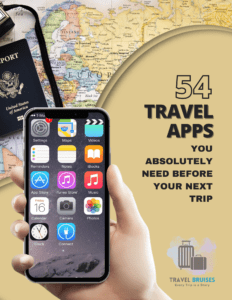
54 Travel Apps You Absolutely Need Before Your Next Trip
With smartphones and apps at our fingertips, there are so many ways to make traveling easier. Whether you are planning a dream vacation or simply looking for some essential travel hacks, having the right apps can be invaluable.
Find out the best 54 Travel Apps You Absolutely Need Before Your Next Trip!

